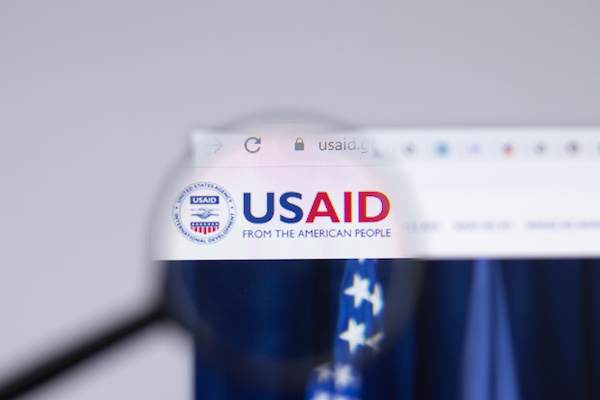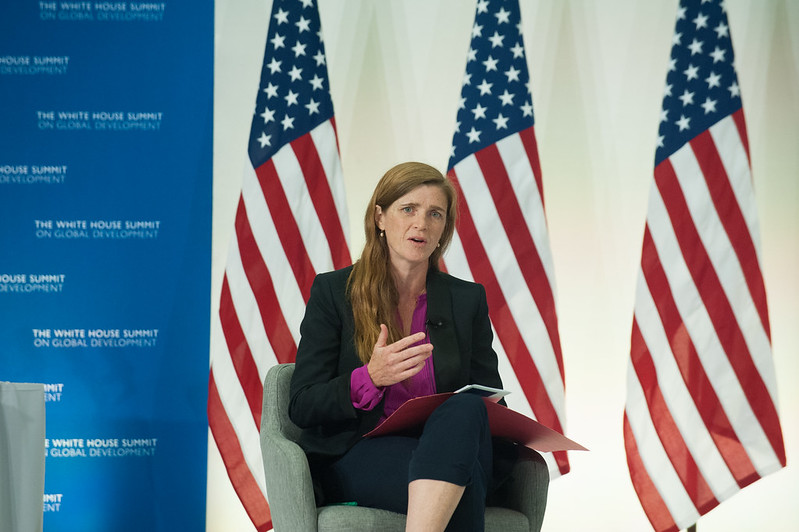Recommended
In November 2021, USAID Administrator Samantha Power announced ambitious plans for the agency to diversify and localize the partners with which it engages. The agency committed to directing “at least a quarter” of its funding to local partners over the next four years, and ensuring that half of its programming places local communities in the lead to set priorities, co-design projects, drive implementation, or lead program evaluations. To support these objectives, USAID’s recently released Learning Agenda commendably included locally led development as one of its key learning priorities. But how specifically should USAID incorporate evidence to support its Learning Agenda and to ensure locally led development is done in an evidence-based way?
While there has been extensive discussion in recent months on how USAID can operationalize its localization agenda—including calls for more flexible funding options and a greater tolerance for risk—there has been far less attention to how USAID can use evidence to ensure localization is done effectively. A recent CGD brief proposed a number of recommendations to systematize evidence use at USAID through locally led development, for example, by partnering with philanthropies on a localization and evidence initiative. And while doing localization in an evidence-based way will surely require producing new evidence (including through experimentation and active iteration, which the agency is pursuing through its Local Works program), it also requires systematically consuming existing evidence on what is already known about doing localization effectively.
In this blog, I propose a simple framework for using existing evidence to support USAID’s learning on locally led development. Crucially, in order for existing evidence to be informative for USAID, it must be combined with a clear outline of the objectives of localization, and a well-defined theory of change for how each objective is going to be achieved. Empirical evidence—originating from both case studies from external organizations and academic research—should then be used to provide a deeper understanding of how the different channels to effective localization work.
How can localization improve the effectiveness of USAID’s programming?
Consider, for example, the claim that locally led development will lead to more effective development programming. Of course, as others have pointed out, localization is ultimately about more than just improving program effectiveness—it’s also about increasing sustainability and shifting power to local actors. But implicitly, one of the motivating assumptions of localization is that it will improve the effectiveness of foreign aid.
To examine what the empirical evidence says about the relationship between localization and program effectiveness, we can deconstruct this goal into the different theories that explain why locally led development might lead to more effective outcomes than more centralized development programs. Below, I outline four primary mechanisms through which social scientists believe that localization can improve the effectiveness of development programs:
1. More context awareness and local knowledge
One theory of change is that increasing the involvement of local stakeholders in the design and management of project activities will increase the use of local knowledge in USAID’s programs, which would result in better program outcomes. Local knowledge can consist of factual knowledge, skills and capabilities, knowledge of unwritten cultural rules, and a deeper understanding of the social, political, and administrative complexities of an environment—all of which, in theory, can increase the effectiveness of development programs. Existing empirical evidence should therefore be used to evaluate this theory, and to clarify the conditions where local knowledge is most likely to translate into more effective programs.
2. Better resource alignment
Another theory suggests that localization will improve program effectiveness through better resource alignment. Specifically, by involving local stakeholders in setting development priorities, vulnerable communities will have more opportunities to participate in resource allocation decisions, which will lead to programs that are better aligned with their preferences. Empirical evidence can be useful to test this theory and to clarify the conditions that are necessary to ensure that participation of vulnerable populations tangibly affects resource allocation.
3. Increased accountability
An alternative theory is that locally led development will improve program effectiveness by increasing accountability in aid projects. By involving local stakeholders in targeting beneficiaries, monitoring projects, and evaluating programs, there is less scope for elite capture and corruption, and thus more accountability of program funds. Theory suggests that this will ensure that resources are used in a more cost-effective way and increase the coverage of target communities. Here, empirical evidence can be useful to test whether local stakeholders are more effective in supporting pro-poor targeting and to clarify the contexts where locally led development is mostly likely to reduce capture by local elites.
4. Increased flexibility
Finally, a long literature exists suggesting that adaptability is an essential ingredient of effective development programs. Theory suggests that when local stakeholders are involved in managing projects, there is more flexibility to adapt to context-specific challenges, which will result in better program outcomes. Existing evidence can help clarify the conditions that are needed to ensure that local organizations have the flexibility to adapt quickly to challenges.
The theories of change outlined above are not meant to be exhaustive, but rather suggestive of how USAID can systematically combine economic theory and empirical evidence to support its learning on locally led development. A similar exercise can be undertaken for the other stated objectives of localization, such as improving the sustainability of development programs and shifting power to local actors. Outlining specific theories of change and evaluating the evidence against these theories can also provide important insights into which forms of localization are most likely to achieve which outcomes. For example, is there a theoretical or empirical motivation for how direct financing to local implementing partners will improve aid effectiveness? If so, through which channel? If not, then which form of localization would be more effective?
In future blog posts, I’ll be diving into the existing evidence and analyzing what it tells us about each of the impact channels outlined above. In certain cases where the literature may be scarce, this can also yield high-impact areas for future research.
Disclaimer
CGD blog posts reflect the views of the authors, drawing on prior research and experience in their areas of expertise. CGD is a nonpartisan, independent organization and does not take institutional positions.







